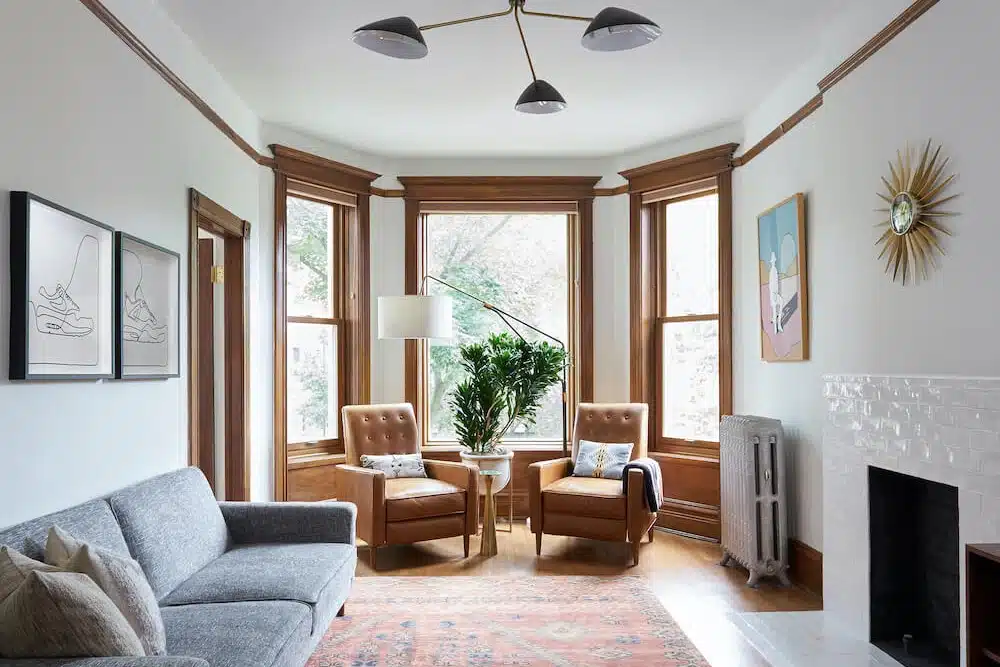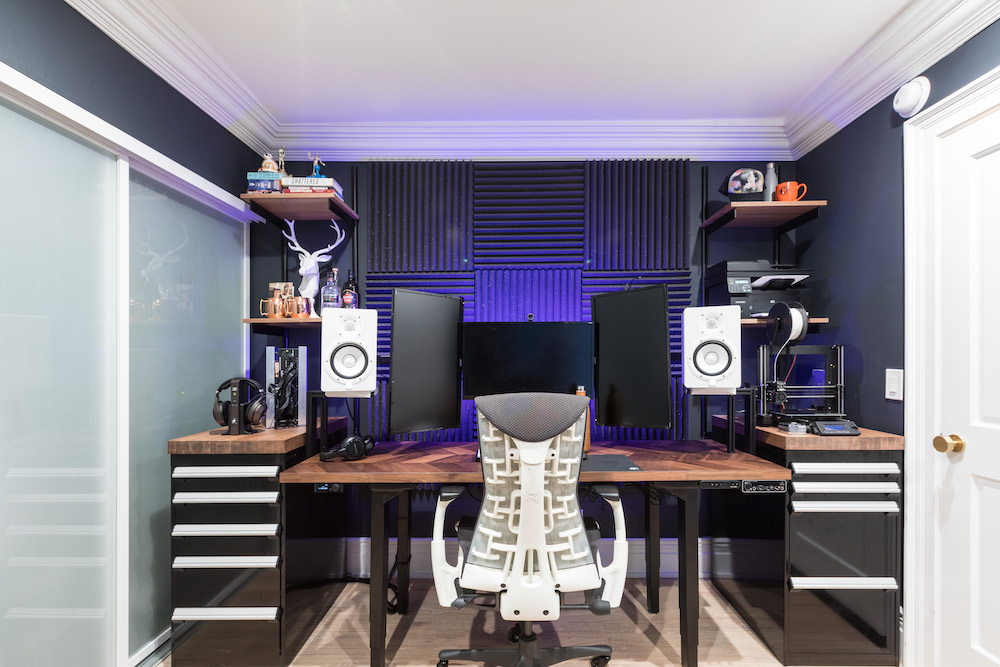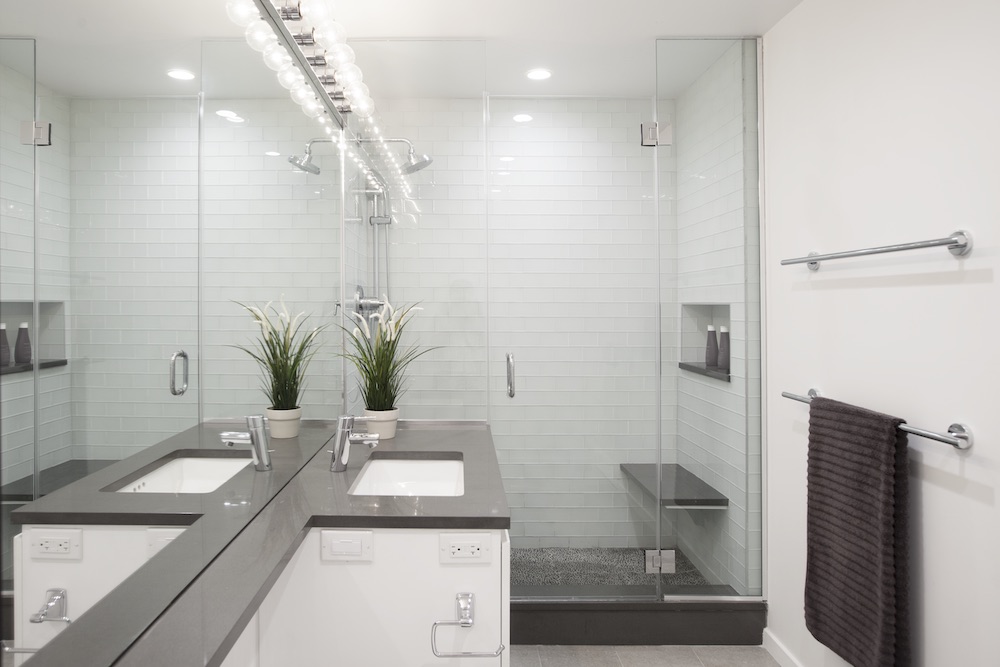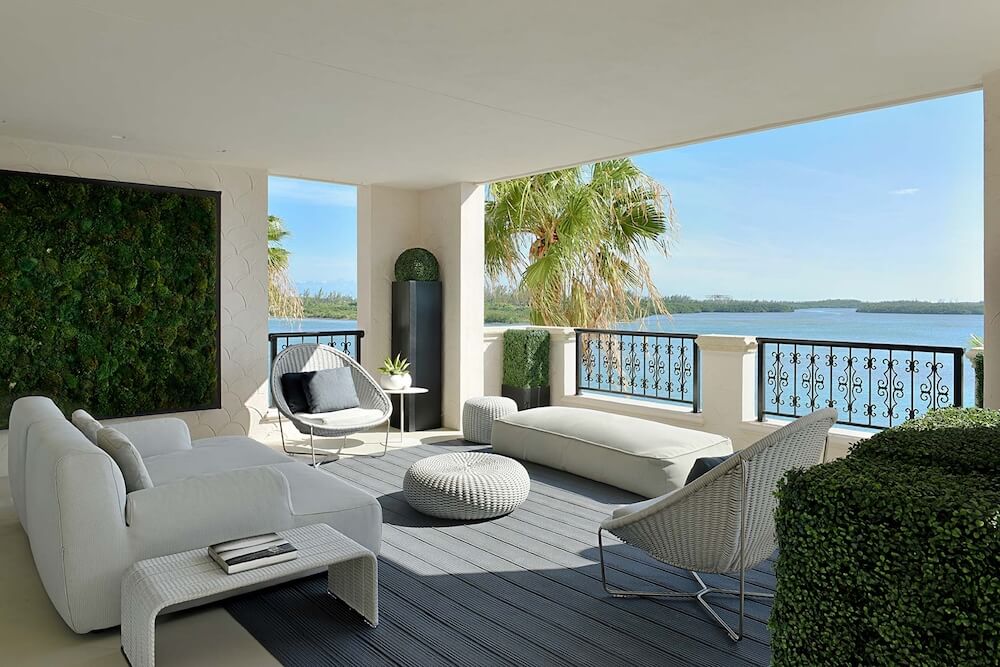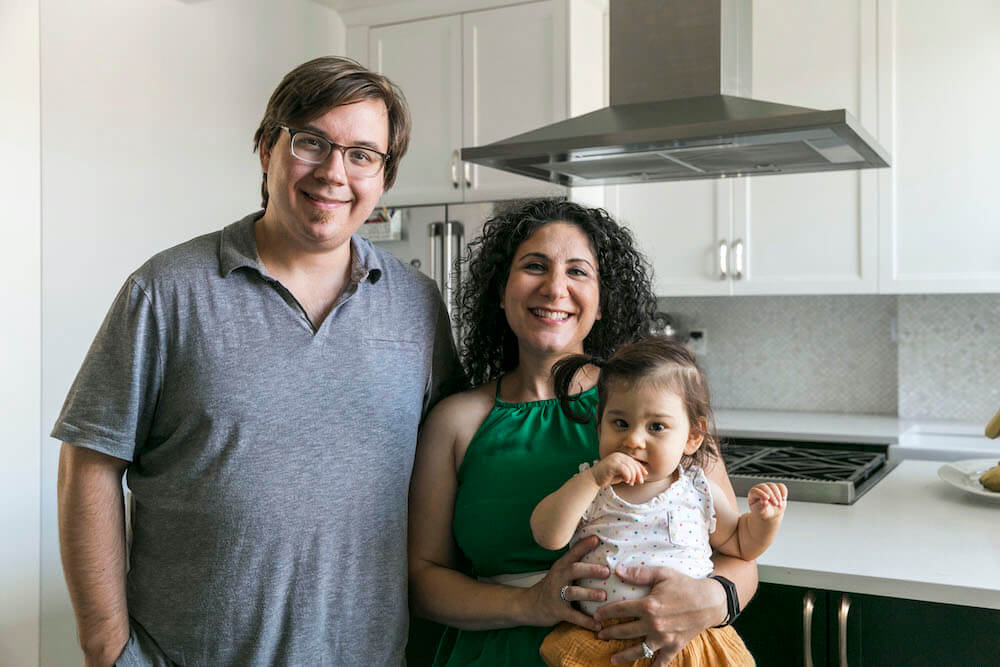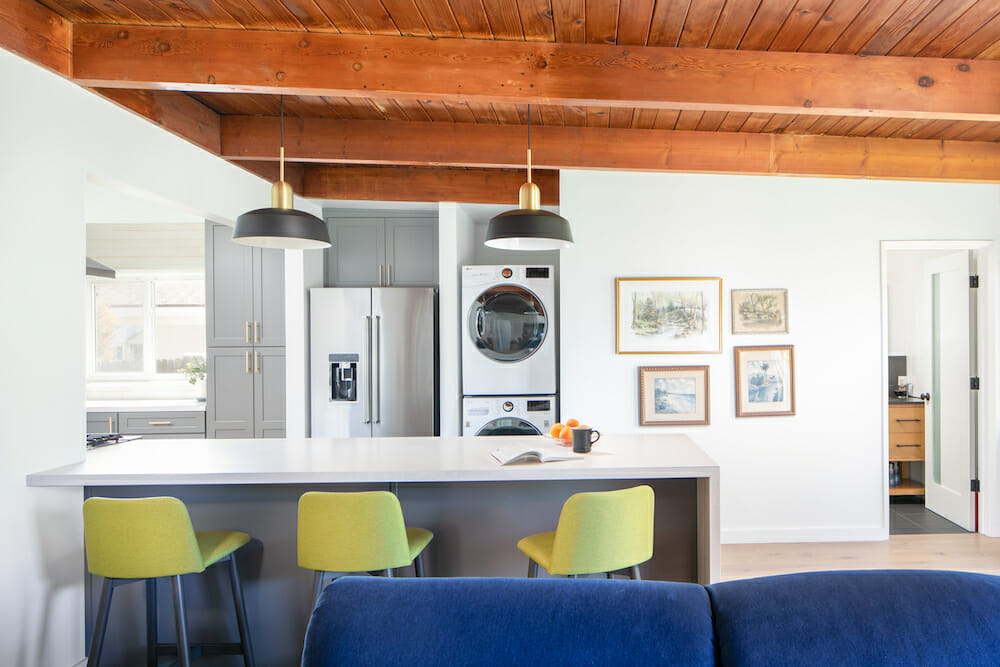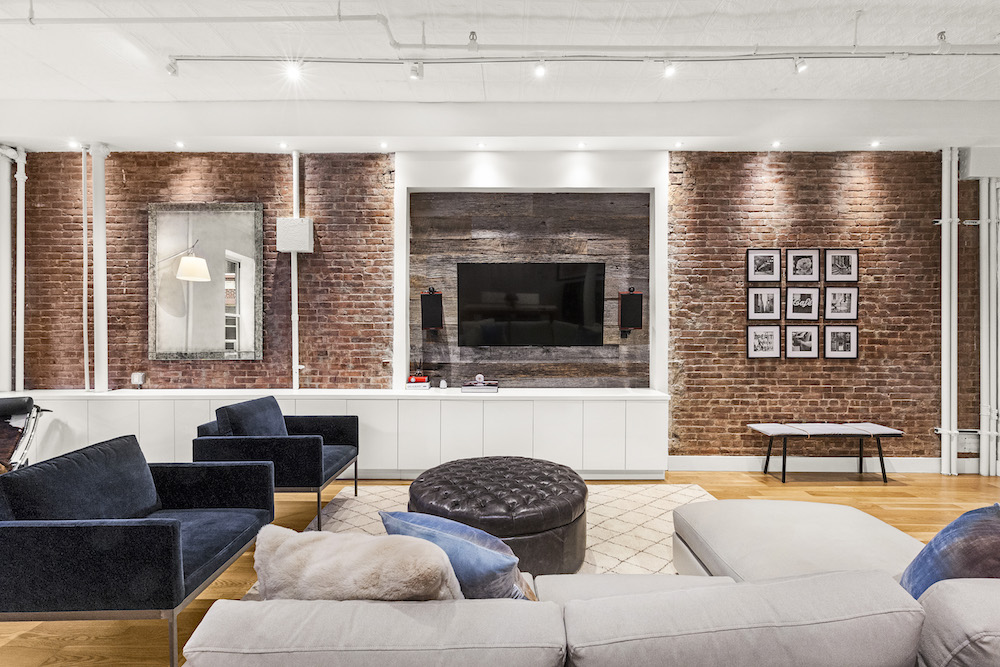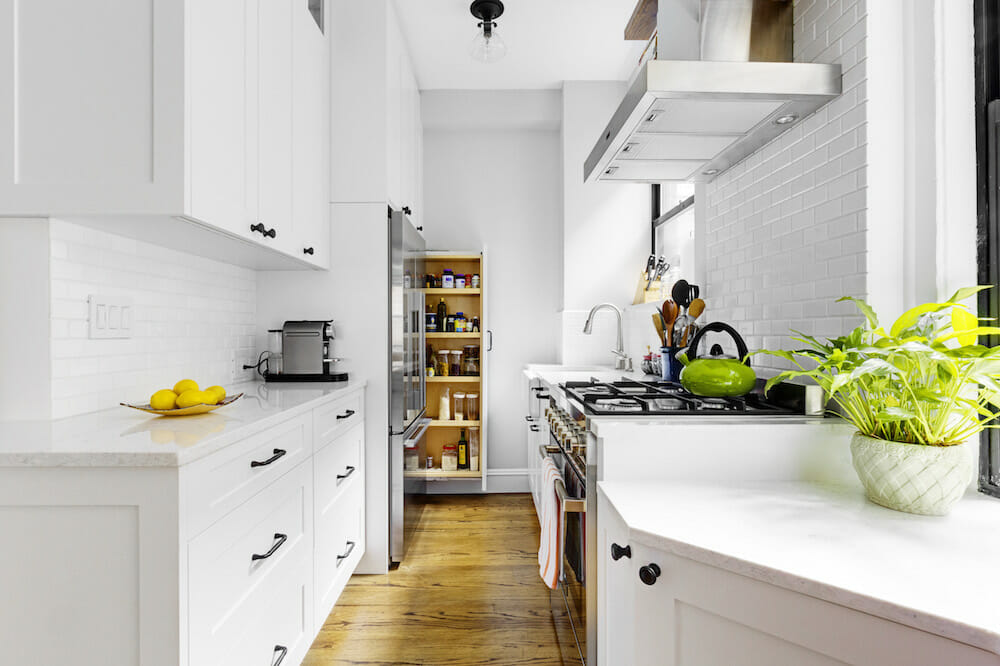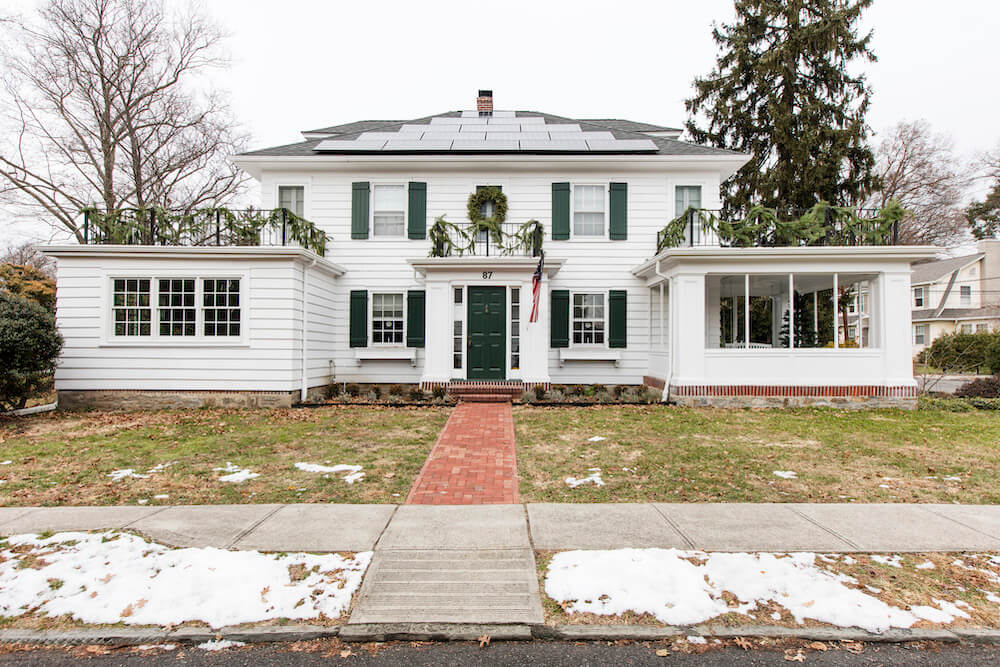Sounds of Silence: Soundproofing Your Home, from Acoustic Panels to Insulation
Soundproofing walls and windows add a layer of acoustic luxury
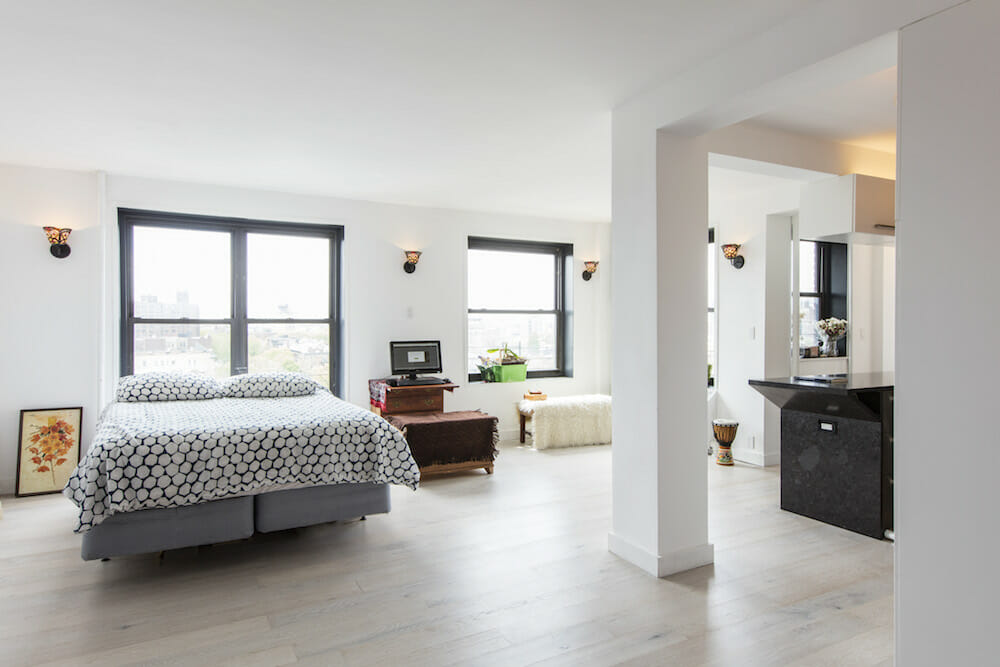
Chances are, if you live in New York City, you’re used to the hustle and bustle of busy streets and vertical living. You’ve learned to sleep through that early morning garbage pick-up, and don’t even notice your upstairs neighbors’ scampering dog anymore. But “acoustic comfort”—as the experts say—is a very personal thing, and certain situations call for some measure of soundproofing to improve your space (for example, you live next to a 10-year construction project or there are six dogs upstairs instead of just one).
We consulted Stan Gatland II, an expert on the subject of acoustics and sound comfort at CertainTeed, for the basic considerations on how to tackle noise issues and what solutions might work best for your circumstances.
What are the sources of the noise pollution?
When it comes to noise pollution, Stan tells us that you can attempt to address the source of the noise—by asking the building’s board to talk to your neighbor, e.g.; you can have the receiver alter his or her behavior—from wearing earplugs to ultimately deciding to move to a different apartment. But given that these two options are not always feasible or desirable, you can aim to minimize noise by obstructing its path, which is how we arrive at soundproofing.
An important note: Noise takes the path of least resistance, and can be transmitted in two ways. Determining how the sounds are transmitted is crucial to deciding which fixes to apply.
Airborne noise can be either high- or low-frequency, such as your opera singer neighbor or the tuba player on your street corner.
Structure-borne or impact noise, is usually low-frequency. Examples include vibrations from your building’s mechanical systems, a pet or child running in the apartment above, or a chair scraping the floor. Sweeten brings homeowners an exceptional renovation experience by personally matching trusted general contractors to your project, while offering expert guidance and support—at no cost to you. Renovate to live, Sweeten to thrive!
How to reduce noise
Once you’ve discovered the culprit—and it may be a combination of both airborne and impact noise—you can decide the types of solutions to employ. Airborne sound is usually dampened by adding layers of dense but flexible materials to the surface in question. Impact or structure-borne noise is a more complex matter requiring a professional to “break” or minimize the connections between transmission points, usually by adding gaps in the home’s structure (explained below). Some of the major ways to cut the clamor:
Make sure your home is airtight
The level of airtightness will do wonders for your noise problems. On windows, consider double- or triple-pane, as well as weather stripping and caulking, to fill any spaces that sound may travel through. For doors, solid core is best (check out this Sweeten post to learn more), and acoustic seals can be applied to the threshold and around the perimeter of the door to fill the gaps. Don’t forget about the small and often overlooked problem areas—such as doorbells, light sockets, and outlets—which are all sound paths. Recessed lighting is a particular offender. Make sure everything is enclosed, capped, and sealed. A tiny gap can amplify the noise exponentially.
“Float” your walls, ceilings, and floors
Disconnecting the drywall layer from the framing is the best way to address impact noise and reduce airborne sound transmission, and can be done by suspending walls, ceiling, and floors via various methods, says Stan. One way is to add “resilient channels,” essentially metal channels that separate the drywall from the studs so that there are fewer points of connectivity. Another way is by using specially engineered drywall, such as SilentFX® QuickCut noise-reducing drywall, a CertainTeed product that uses a viscoelastic polymer between two specially formulated dense gypsum cores that produces the same effect as resilient channels. Floating floors and ceilings use a similar technology to minimize the connections.
Add more insulation and absorptive materials
“Light, porous materials are best for absorbing noise, and these can be applied on the surface of the drywall as well as within,” explains Stan. Often, clay or metal gets mixed into vinyl to create more heft in these acoustic barriers. Additional drywall layers can be helpful too, as can widening the spacing between studs, or using metal rather than wooden ones. In terms of insulation, fibrous materials are best, since they offer the best aspect of trapped air. New constructions will typically have concrete slabs between the floors, which is a great sound dampener.
But fear not—even if you don’t have concrete slabs, there are less involved ways of adding layers to absorb sound. You can add acoustical ceiling tile or wall panel systems to the surfaces in the room. Layering soft materials, such as a tapestry on the walls, thick carpets and drapes, upholstered furniture, and even lush plants will help to reduce noise echo. Placing a shelving unit full of books next to the wall you share with a loud neighbor will also be effective in reducing sound transmission through the adjoining surface.
Can soundproofing be eco-friendly?
The measures you take to address sound minimization may also help with energy efficiency and climate control. For example, airtightness and added insulation will guide you toward achieving both goals. As for the materials themselves, most insulation is now low- or no-VOC, and many no longer include formaldehyde. You could go even greener by using hemp or wool in place of typical fiberglass insulation. Shredded blue jeans is also a recyclable material used as insulation. These options are typically more expensive for the same effect, however.
How much does it cost to sound proof?
Now that you’ve had a crash course in soundproofing, it’s time to get started! If you have a simple problem, such as hallway noise coming through your front door, you can resolve it for a few hundred dollars by purchasing an acoustic door seal kit and asking your super to install it. Unfortunately, more extensive problems require specialized expertise, and it may be worth your while to commission a sound analysis or diagnosis report from an acoustics expert. Every situation is different and a pro can help you determine the source and paths of your sound issues, plus suggest appropriate solutions.
You’ll need to decide how deep a retrofit you are willing to undergo, what kind of budget you have, and how much you’re willing to be inconvenienced; all are variables that will factor into the solutions an expert suggests. Extensive retrofitting, which will require you to move out of your home, will range from $50 to $80 dollars per square foot for walls, while ceilings and floors will run you $70 to $110 per square foot. Soundproofing can be a complicated process, but to some, silence is golden.
—
Planning to add shelves to your home? A custom built-in will help dampen noise, taking care of storage and improving soundproofing all in one go.
Sweeten handpicks the best general contractors to match each project’s location, budget, scope, and style. Follow the blog for renovation ideas and inspiration and when you’re ready to renovate, start your renovation on Sweeten.
